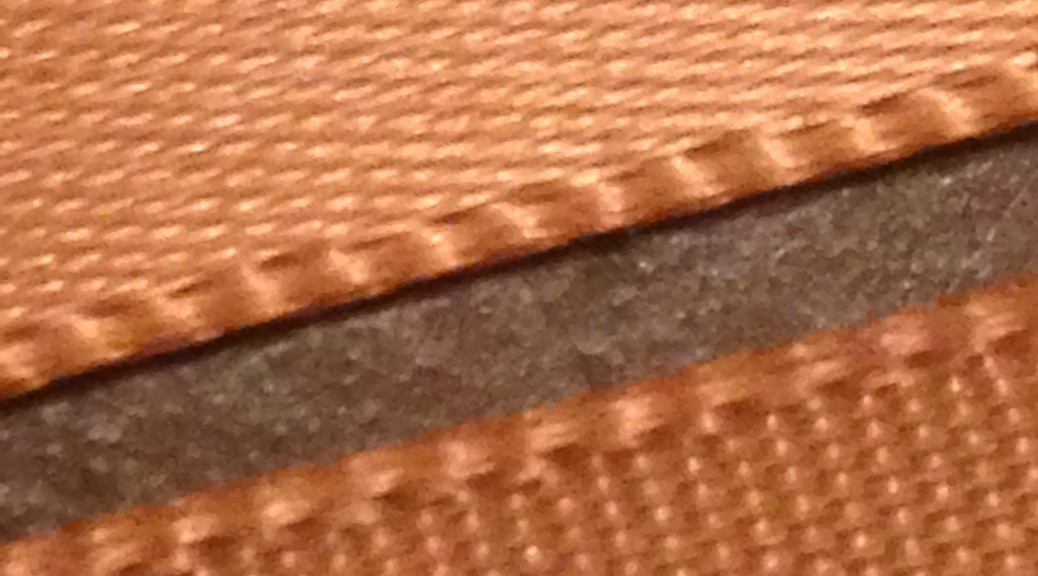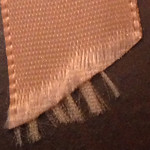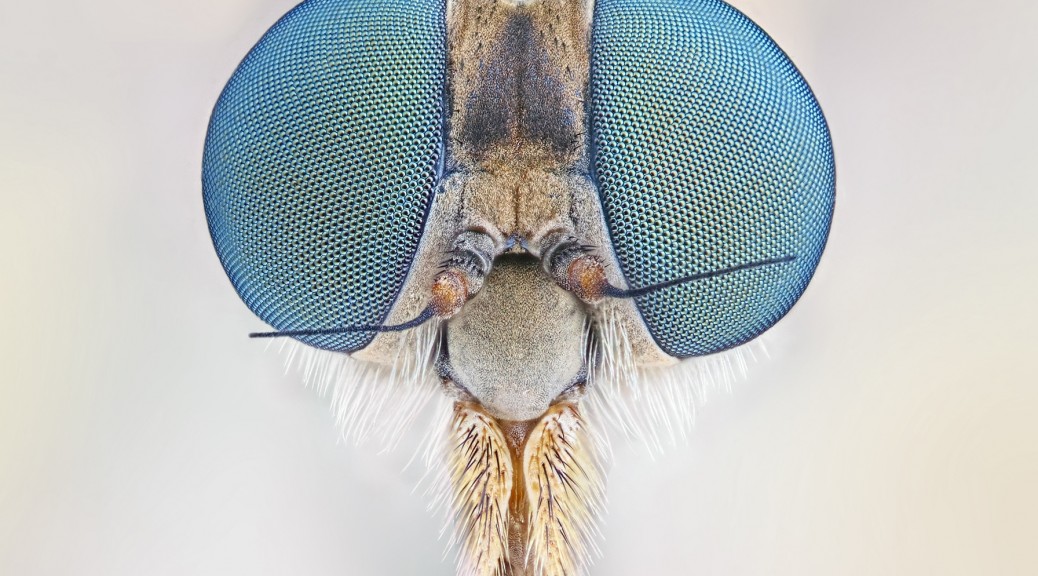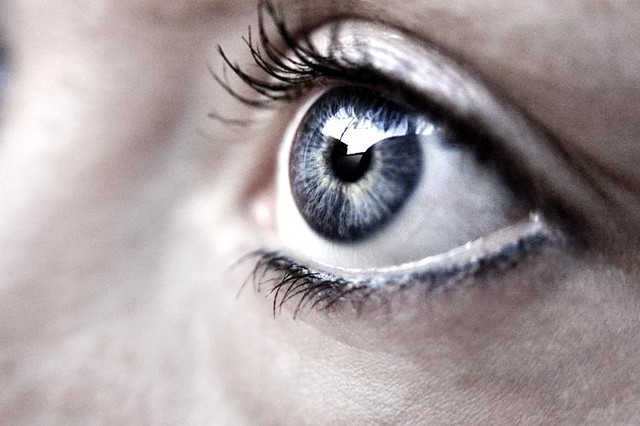This weightless object bears an equivalent color as that of the golden glow from the rising sun. Measuring 24 cm long and 2 ½ cm wide, a long rectangular object feels smooth on one side and rough on the other. A closer look reveals that this aureate fabric is formed with a satin weave in which the threads of polyester intersect to purposely create a smooth, lustrous surface and a dull, matte back.
Side stitching is noticeable on each side of the fabric’s width but on each end of the fabric’s length exists frays. With one simple pull on one of these frays, the fabric will quickly and easily unravel, which discloses the object’s delicacy.
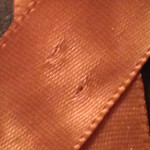 Four tiny pin holes are visible on the fabric, two of which appear approximately 6 cm from each end indicating that these two tiny holes were created by the same pin. When metamorphosing the object to have the two pin holes from each end align, the fabric acquires varied symbolic shapes to which depends on the consumer’s purpose. The shape is now similar to that of the Ichthys yet without a profound loop and more fabric dangling below the pin. The position of the pinholes suggest that, unlike that of the Ichthys, this object is to be represented vertically.
Four tiny pin holes are visible on the fabric, two of which appear approximately 6 cm from each end indicating that these two tiny holes were created by the same pin. When metamorphosing the object to have the two pin holes from each end align, the fabric acquires varied symbolic shapes to which depends on the consumer’s purpose. The shape is now similar to that of the Ichthys yet without a profound loop and more fabric dangling below the pin. The position of the pinholes suggest that, unlike that of the Ichthys, this object is to be represented vertically.
